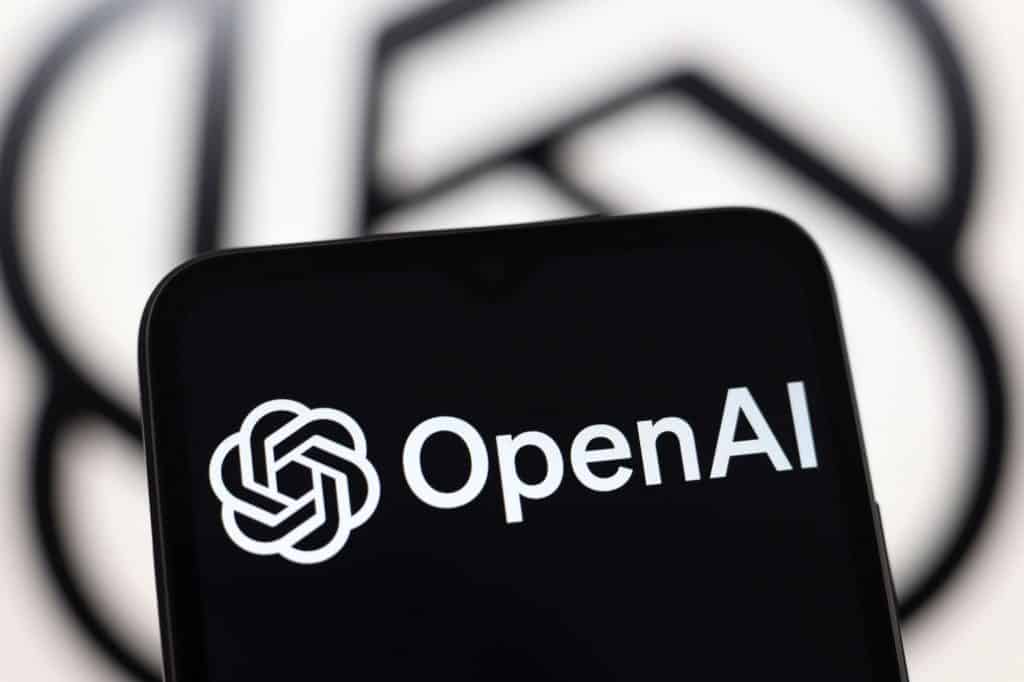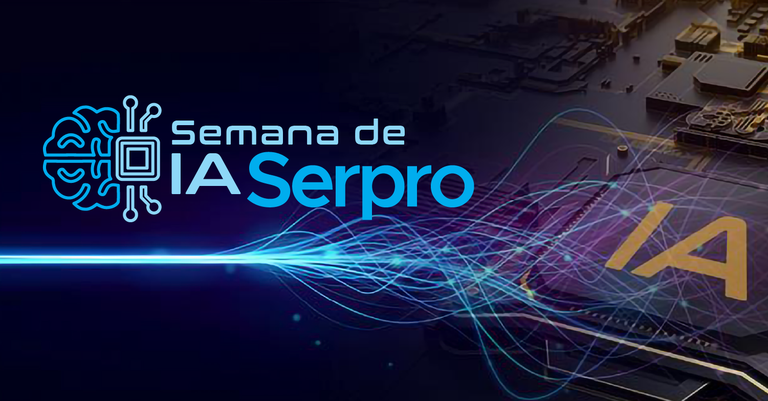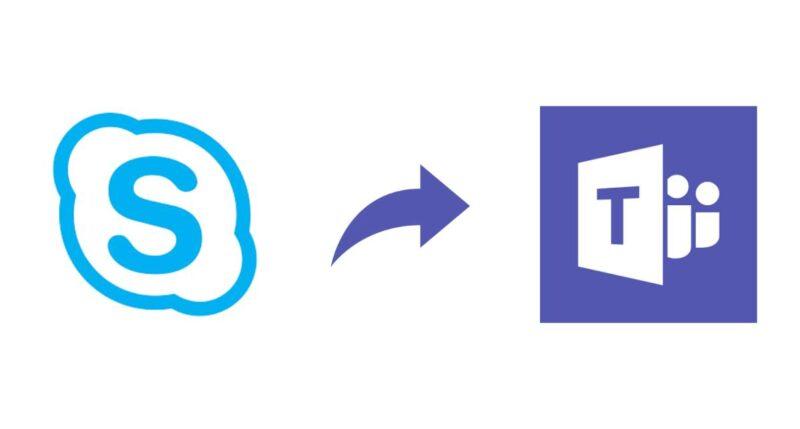
OpenAI maintains a nonprofit model
OpenAI surprised many by announcing that it will continue as a nonprofit. In recent months, there were rumors that the company might change its structure to facilitate investment and expand its commercial operations. However, in the end, it decided to remain focused on research and responsible development, without making profit its main goal.
This decision goes against what many big tech companies are doing. Companies like Google and Microsoft are investing vast amounts in artificial intelligence, seeking financial returns and dominance in the sector. However, OpenAI has chosen a different path, focusing on AI advancement without letting commercial interests dictate its decisions.
Additionally, this technology is becoming more present in various fields, such as medicine, education, and business. For example, it can help doctors diagnose diseases more accurately or allow students to have a more personalized learning experience. However, as AI use grows, concerns about transparency and ethics also increase.
For this reason, by choosing to maintain its nonprofit model, OpenAI reinforces its commitment to a safer and more accessible development. This means that its decisions will be guided by social impact, not just financial goals. As a result, this approach could influence not only the market but also future regulations regarding the sector.
Challenges and impact of this choice
Despite the benefits, this decision also brings challenges. Developing and refining AI requires heavy investments, from technological infrastructure to highly specialized teams. While commercial companies secure resources from investors focused on accelerated growth, OpenAI must find alternative ways to sustain its advancements, such as strategic partnerships and technology licensing.
Another challenge is fierce competition in the sector. Leading companies are already competing for space in AI development, many with massive budgets. To continue innovating, OpenAI must ensure sufficient funding to improve its models and create new solutions.
Additionally, transparency in AI remains a crucial debate. This technology is increasingly involved in critical decisions, such as medical diagnoses and job selection processes. Experts warn that companies must be clear about how their algorithms work to prevent biases or negative impacts on certain groups.
However, OpenAI’s stance could set an example for the industry. By maintaining a model based on ethics and open research, the company could influence other organizations to adopt more responsible practices. This, in turn, could help establish fairer standards for AI development and application.
What to expect from OpenAI in the future?
Even without a commercial structure, OpenAI does not intend to stop growing. The company will continue exploring sustainable ways to finance its projects without compromising its original mission. This may include new partnerships with institutions and businesses, as well as monetization models that align with its values.
Moreover, this decision reinforces the importance of developing AI in a balanced and responsible way. In a world where technology is advancing rapidly, the impact of today’s choices will be felt for years.
Now, the market is watching how other companies will respond. Will OpenAI’s approach encourage them to adopt a similar model? Or will the industry continue to be driven by commercial interests? Regardless of the outcome, OpenAI is showing that it is possible to innovate without abandoning fundamental principles.





